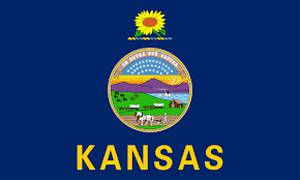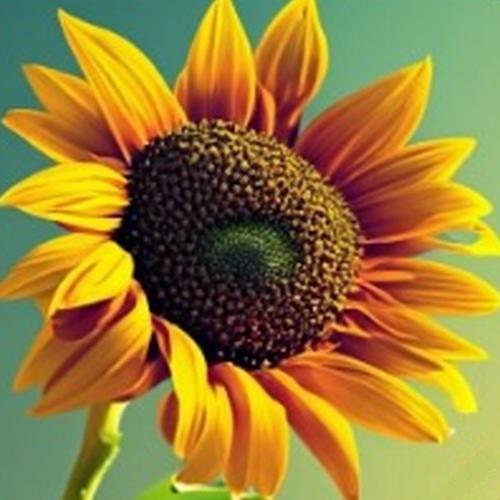Early mentions of the Western Meadowlark in Kansas history
In the annals of Kansas history, the Western Meadowlark finds its place as a true symbol of the state's rich heritage. Early pioneers and settlers, in the mid-1800s, were the first to take note of this melodious bird's presence. Their journals and accounts mention the Western Meadowlark's distinct call and vibrant plumage, making it an enduring part of local folklore. This avian icon was officially declared the state bird in 1937. Its recognition reflects not only its melodious song but also its ability to resonate with Kansans, a testament to the bird's deep-rooted history in the Sunflower State.
Physical attributes that make it distinctive
The Western Meadowlark boasts a striking appearance that makes it a distinctive bird. One notable feature is its vibrant plumage, characterized by a vivid yellow chest with a bold black "V" shape on its bib. This coloration not only catches the eye but also aids in camouflage within its grassland habitat. The Meadowlark's long, sharp bill is another defining attribute, ideal for hunting insects and seeds. Its slender, pointed tail enhances its aerodynamic prowess during flight. These physical attributes, coupled with its sweet, flute-like song, make the Western Meadowlark a cherished and easily recognizable symbol of Kansas.



